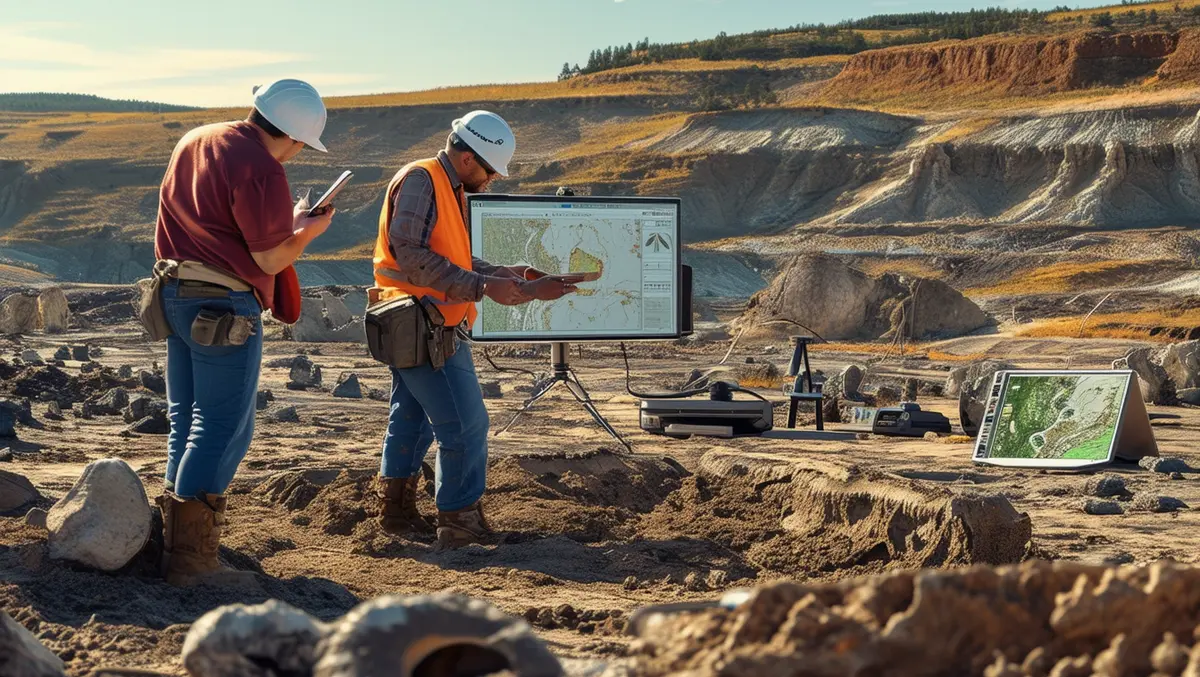
Breakthrough in RFID tech revolutionises fossil tracking
A new technological development in the field of fossil excavation has led to a significant improvement in the efficiency and accuracy of tracking dinosaur bones from excavation sites to museums.
The Earth Sciences Foundation, utilising RFID (Radio Frequency Identification) tags from HID and InfraMarker's RFID system, along with Esri's field mapping software, reports an 80% enhancement in workflows during their excavations in remote South Dakota.
"For a couple of bucks I know where everything is. I can't speak glowingly enough about how well this works for us. We are in the middle of nowhere; there's no Wi-Fi connectivity here, and it (RFID) still works," said Tom Hebert, Founder and Director of Earth Sciences Foundation.
The breakthrough technology provides a highly efficient means of cataloguing fossils, easing the burden of manual data entry and administrative tasks for field technicians.
"RFID ID tags are a type of tracking system that uses radio frequency to search, identify, track, and communicate with items and people," explained David Chose, HID Global Sales Manager, Americas, Identification Technologies Division.
The practical utility of RFID tags is profound. They function similarly to wireless barcodes that can be attached to an object and easily updated. "The big benefit here is that Tom and his team can update the RFID tags on fly," Chose added.
"So as these bones go through the whole process of being excavated to being displayed at a museum, each step of the process can be easily updated and documented."
Hebert elaborated on the process, stating, "Using HIDs RFID tag technology, GIS mapping, and geospatial curation, we can see the life of this fossil from the time we found it in the ground, to the time we put it in storage, to the time we prep it, clean it, restore it and display it in the museum. This allows people to follow the adventure of this bone from beginning to end. It also allows us and other scientists to do better research, collaborate easier and exchange ideas faster."
The efficacy of this technology became evident quickly. Within just five days, the excavation team had managed to seamlessly catalogue 347 fossils, illustrating the rapid adoption and efficiency gains afforded by this innovative approach.
Mike Klonsinski, President of Berntsen, remarked on the broader implications of the technology, adding: "This project is the proof that any organization that needs to track and manage assets across space and time will benefit from incorporating RFID with the GIS."
HID's RFID system and InfraMarker's technology represent a significant advancement in the field of palaeontology, providing a robust and efficient method of ensuring fossils are accurately tracked throughout their journey from excavation sites to final display locations in museums.
This development opens up new possibilities for collaboration and research, as well as enhances the overall management and conservation of valuable palaeontological artefacts.


